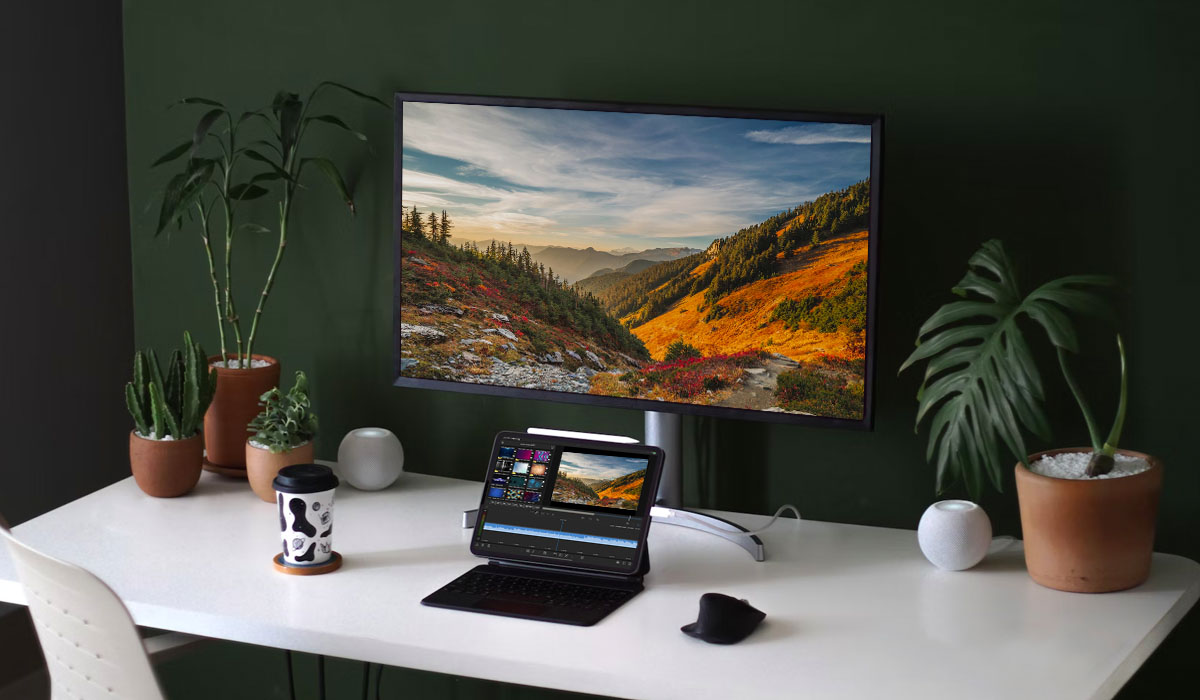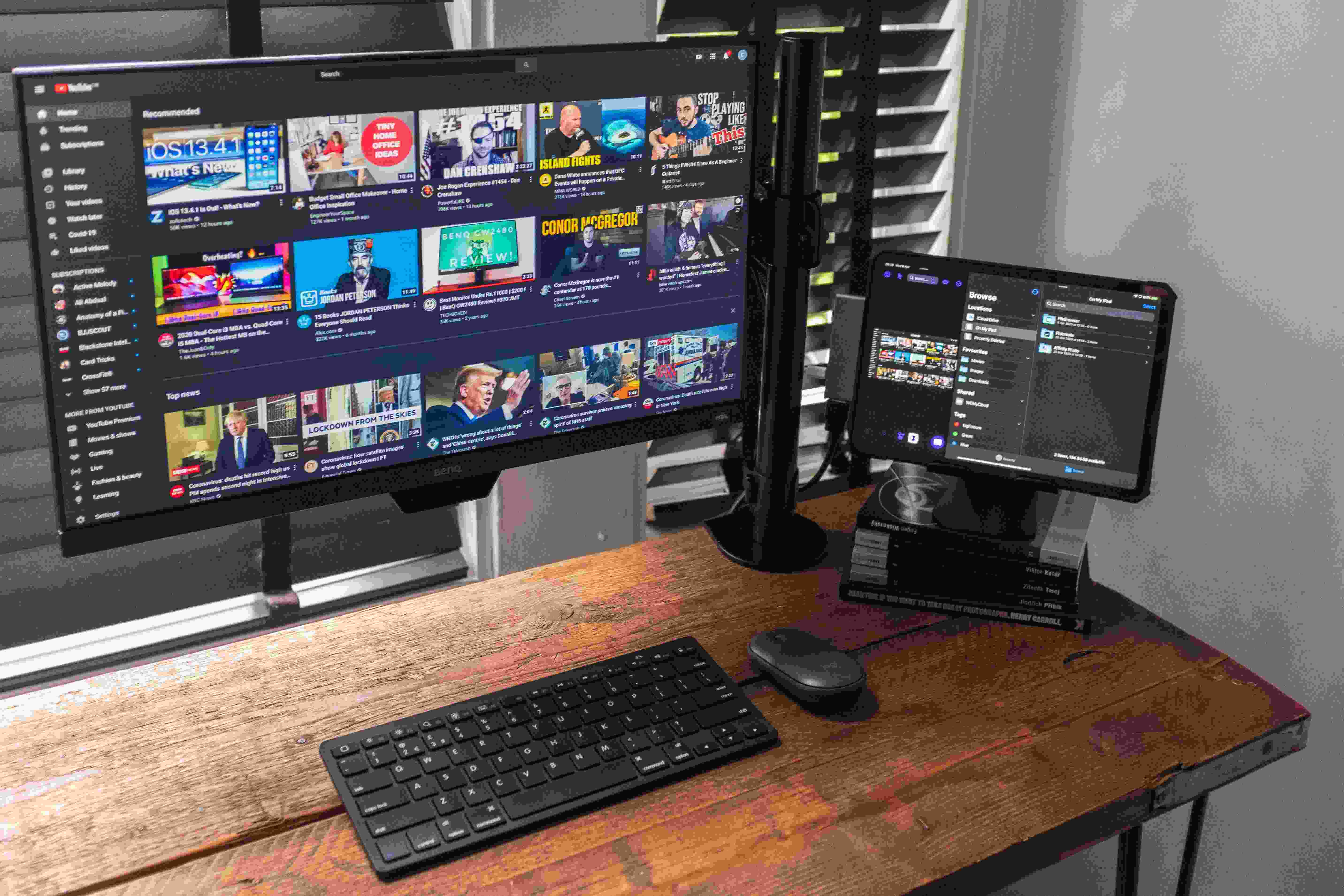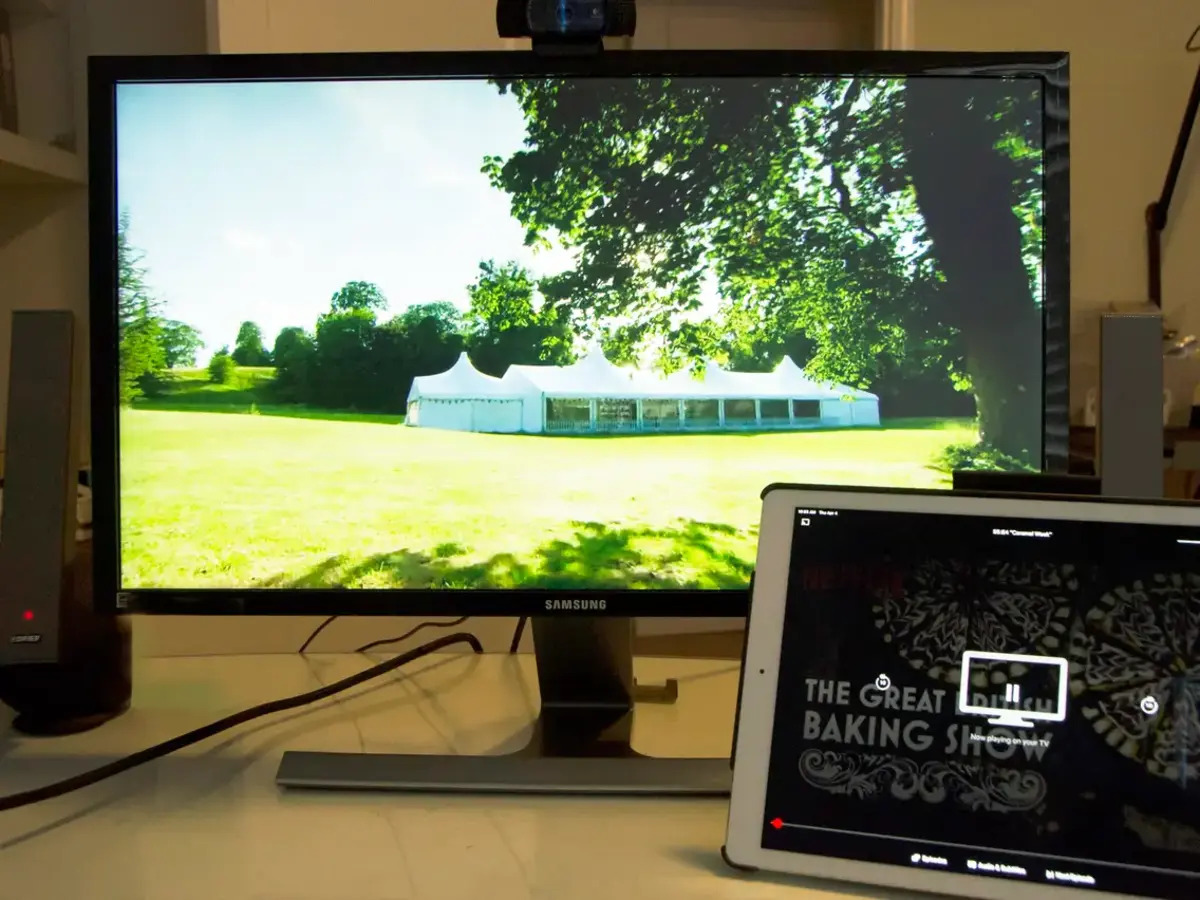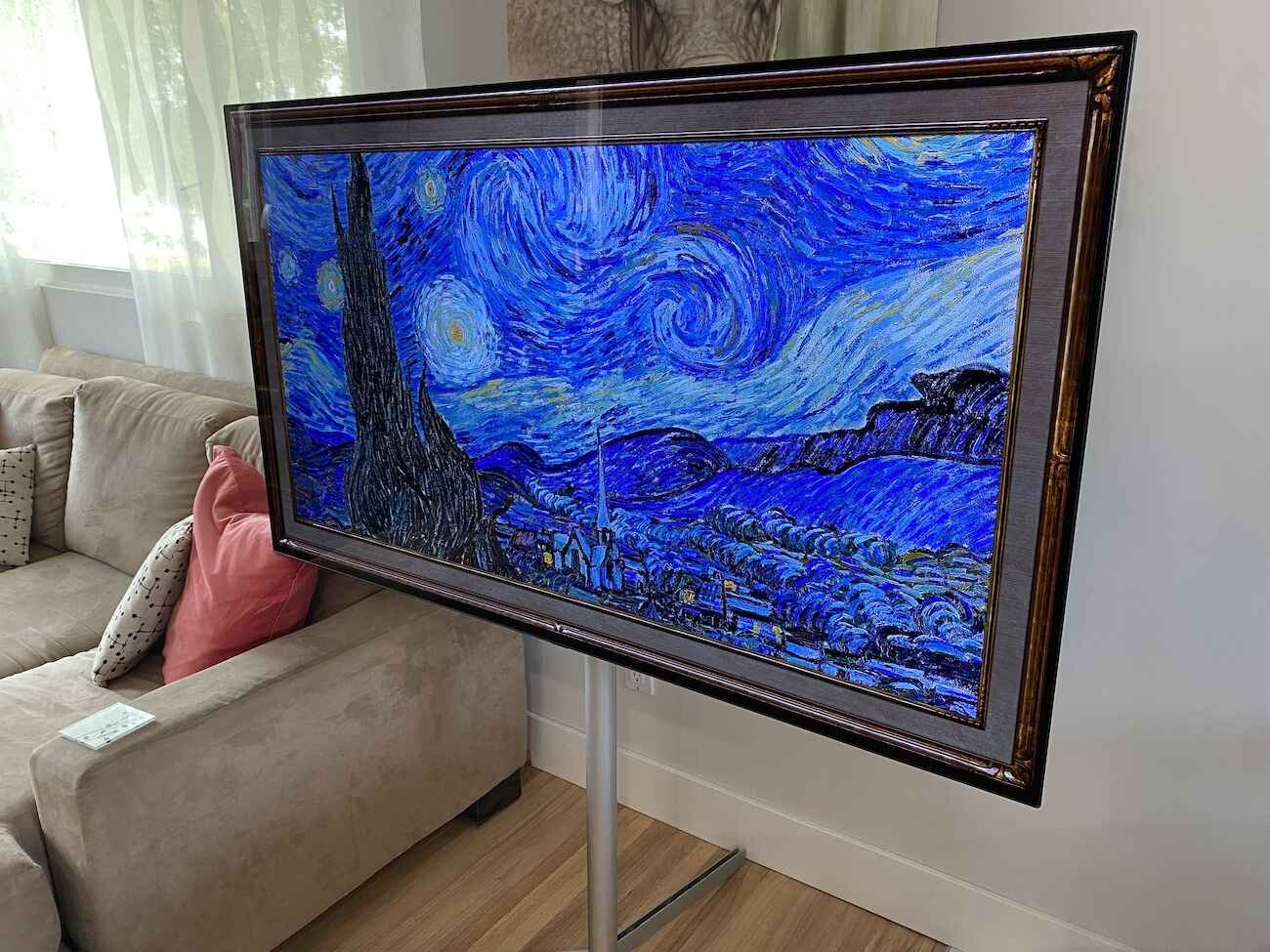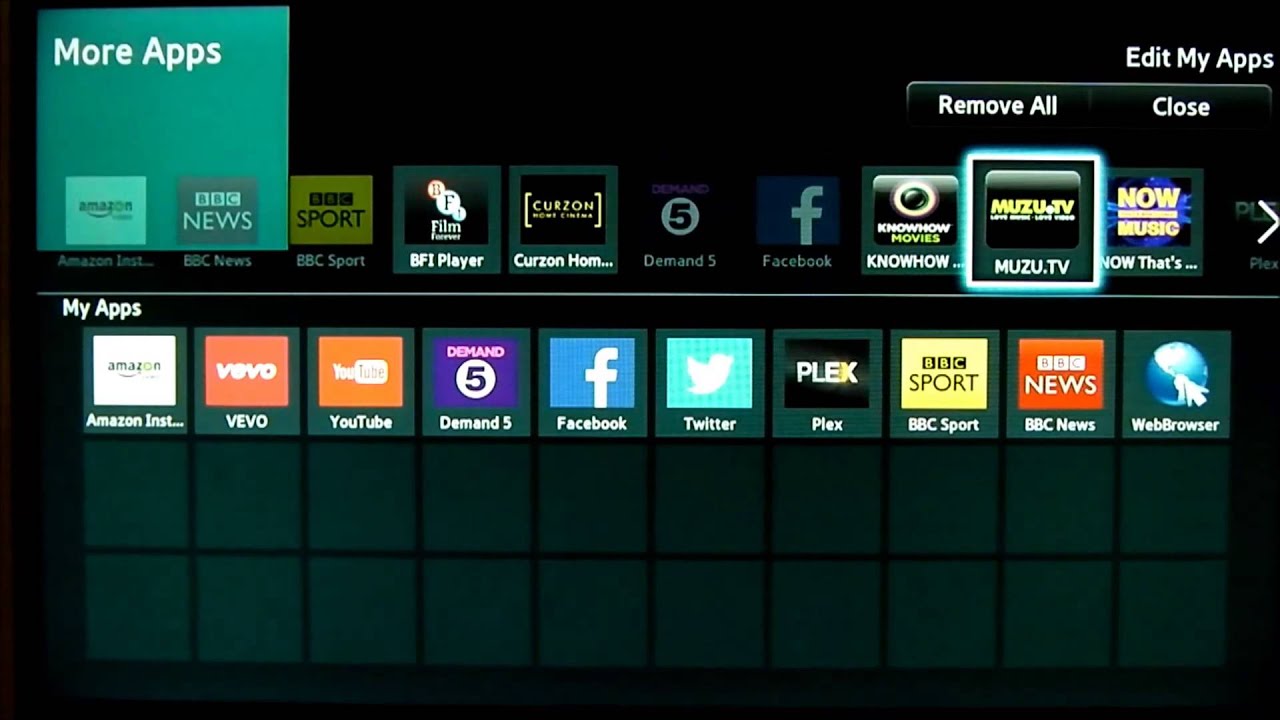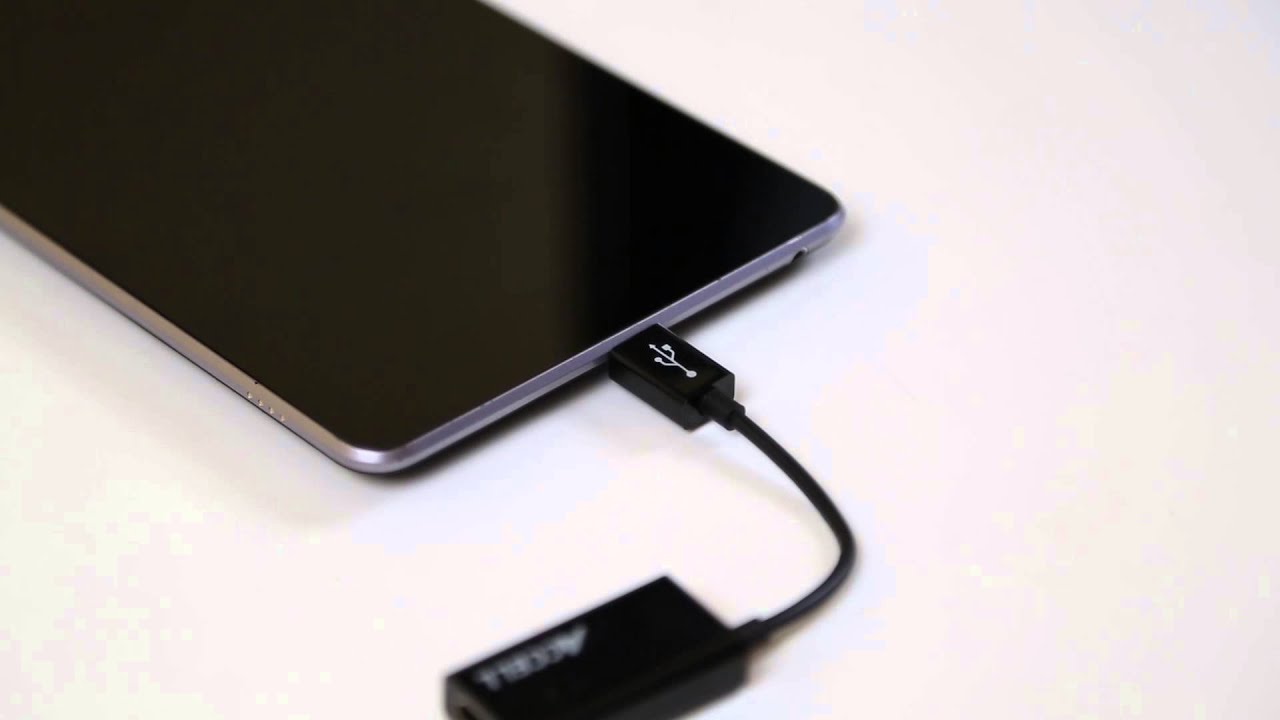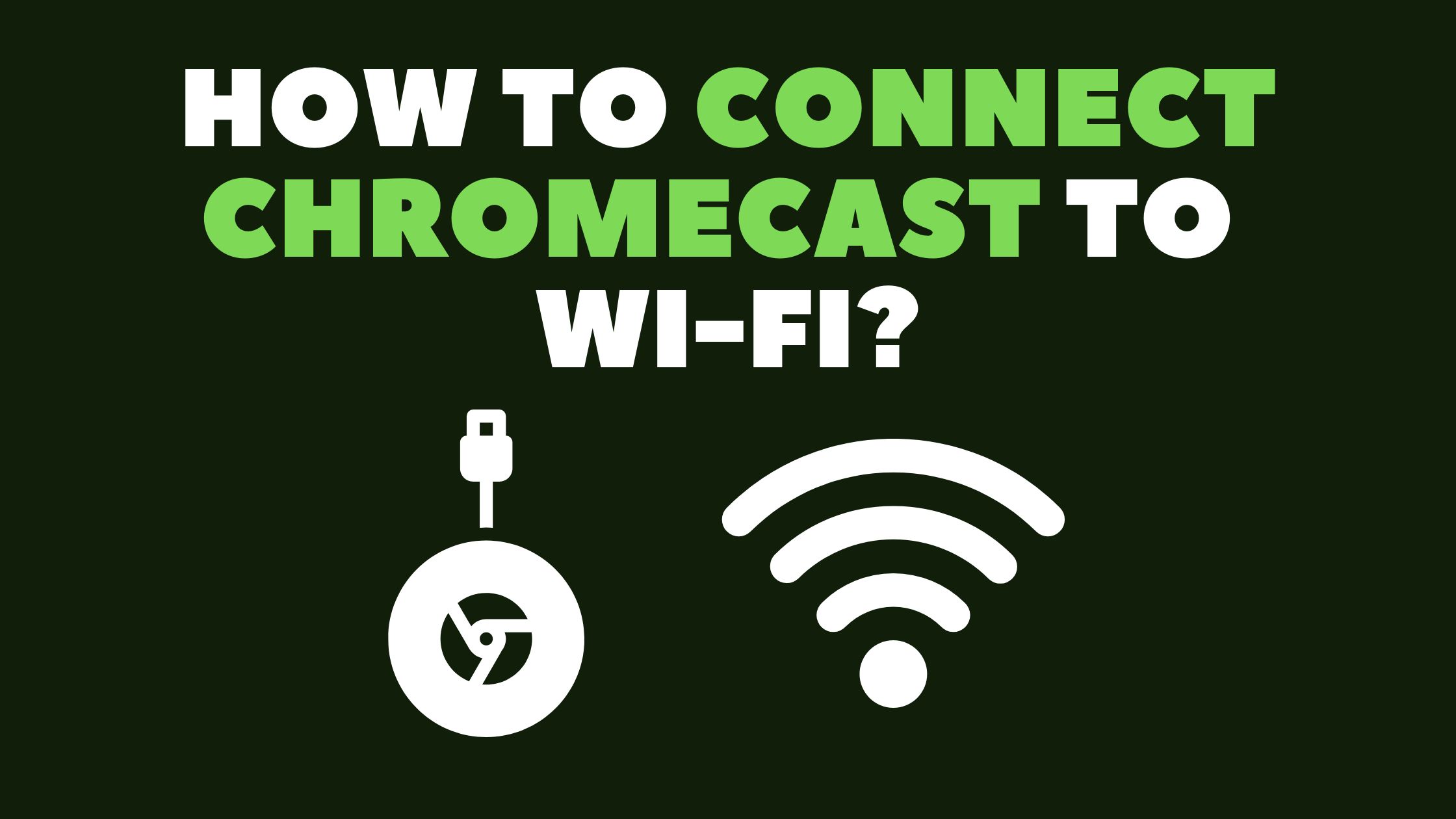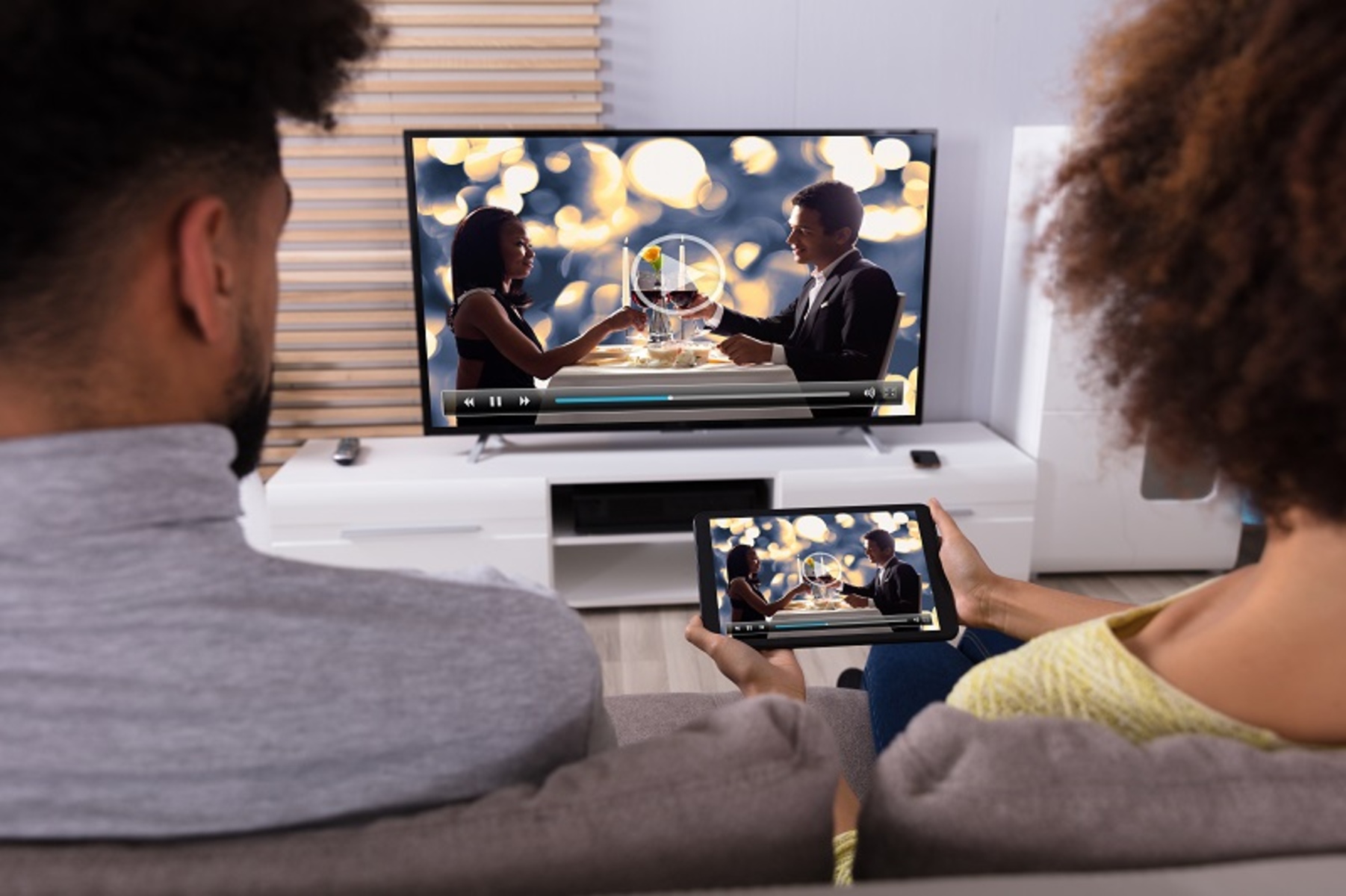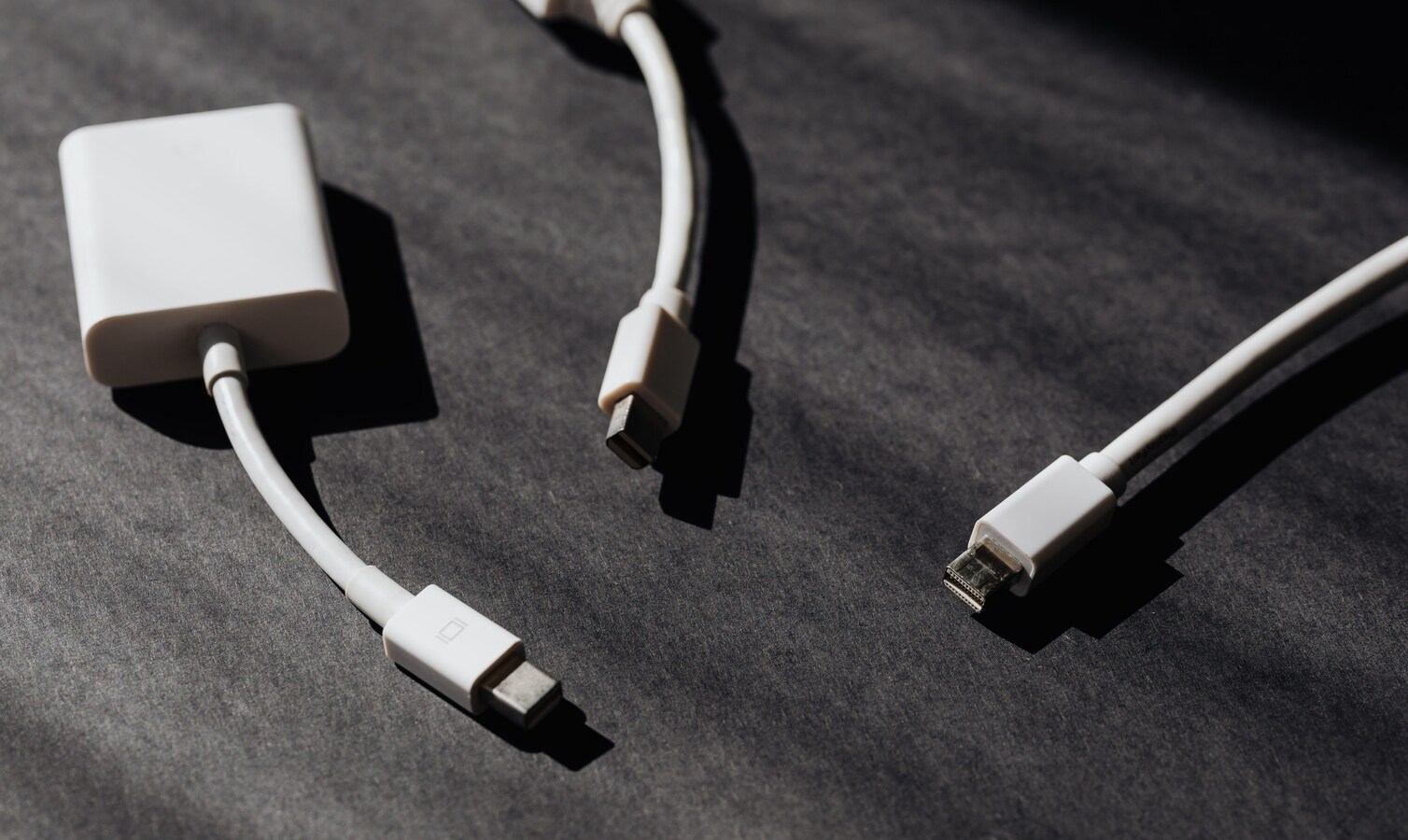Introduction
Connecting your tablet to your TV can open up a whole new world of entertainment and convenience. Whether you want to watch your favorite movie or show on a larger screen, stream videos, play games, or even give presentations, connecting your tablet to your TV allows you to enjoy content in a more immersive and enjoyable way.
There are various methods to connect your tablet to your TV, each with its own advantages and considerations. In this article, we will explore five popular options for connecting your tablet to your TV using USB and other technologies.
By utilizing these methods, you can transform your tablet into a powerful media hub that effortlessly interacts with your TV, granting you access to a vast array of content and functionalities.
Before we delve into the different options, it’s important to note that the compatibility of each method may vary depending on the operating system and model of your tablet and TV. Therefore, it’s essential to check the specifications and capabilities of your devices before attempting any of these methods.
Now, without further ado, let’s explore the exciting ways you can connect your tablet to your TV and unlock a whole new level of entertainment and productivity.
Option 1: Connecting Tablet to TV with USB-C to HDMI Cable
If your tablet has a USB-C port and your TV has an HDMI port, the easiest and most straightforward way to connect your tablet to your TV is through a USB-C to HDMI cable. This method allows for a direct connection between the two devices, transmitting high-definition audio and video signals.
To begin, ensure that your tablet is charged and turned on. Next, locate the USB-C port on your tablet and the HDMI port on your TV. Connect one end of the USB-C to HDMI cable to the USB-C port on your tablet and the other end to the HDMI port on your TV.
Once the cable is securely connected, switch your TV’s input source to the HDMI port that you plugged the cable into. This can usually be done using the TV remote’s input/source button.
Within moments, you should see your tablet’s screen displayed on your TV. If not, you may need to adjust the display settings on your tablet. On most tablets, you can access the display settings by going to the Settings menu and selecting Display or Screen Mirroring.
With your tablet successfully connected to your TV via the USB-C to HDMI cable, you can now enjoy content from your tablet on the larger screen. Whether it’s streaming videos, watching movies, sharing photos, or playing games, the possibilities are endless.
It’s important to note that not all tablets support video output through the USB-C port. Therefore, it’s recommended to check the specifications of your tablet or consult the manufacturer’s website for compatibility before purchasing a USB-C to HDMI cable.
Overall, connecting your tablet to your TV using a USB-C to HDMI cable is a hassle-free way to enjoy your favorite content on a bigger screen. It provides a seamless connection, allowing you to experience high-definition visuals and immersive audio without any lag or quality loss. So, grab a USB-C to HDMI cable, connect your tablet to your TV, and elevate your entertainment experience.
Option 2: Connecting Tablet to TV with MHL Cable
If your tablet does not have a USB-C port but has a micro USB port, you can still connect it to your TV using an MHL (Mobile High-Definition Link) cable. MHL cables allow you to mirror your tablet’s screen onto your TV, providing an easy and convenient way to enjoy content on a larger display.
To get started, locate the micro USB port on your tablet and the HDMI port on your TV. Connect one end of the MHL cable to the micro USB port on your tablet and the other end to the HDMI port on your TV.
Once the cable is securely connected, switch the input/source on your TV to the HDMI port that you plugged the cable into. This can typically be done using the input/source button on your TV remote.
After a few seconds, your tablet’s screen should appear on your TV. If not, you may need to adjust the display settings on your tablet. Go to the tablet’s Settings menu, select Display or Screen Mirroring, and make sure that the screen mirroring or HDMI output option is enabled.
With the MHL cable, you can now enjoy a wide range of content on your TV, including streaming videos, playing games, and sharing photos or presentations. The MHL technology allows for high-definition video and audio transmission, ensuring a crisp and immersive experience.
It’s worth mentioning that not all tablets support MHL functionality. Therefore, it’s important to check the specifications of your tablet or consult the manufacturer’s website to confirm compatibility before purchasing an MHL cable.
Connecting your tablet to your TV with an MHL cable provides a seamless way to enjoy your favorite content on a larger screen. It eliminates the need for additional adapters or devices and offers a straightforward connection between your tablet and TV. So, grab an MHL cable, connect your tablet to your TV, and elevate your entertainment experience.
Option 3: Connecting Tablet to TV with USB to HDMI Adapter
If your tablet has a USB port but does not support USB-C or MHL, you can still connect it to your TV using a USB to HDMI adapter. This option allows you to mirror your tablet’s screen on your TV, enabling you to enjoy your favorite content on a larger display.
To begin, locate the USB port on your tablet and the HDMI port on your TV. Connect one end of the USB to HDMI adapter to the USB port on your tablet and the other end to the HDMI port on your TV.
Once the adapter is securely connected, switch the input/source on your TV to the HDMI port that you plugged the adapter into. Use your TV remote’s input/source button to make the selection.
Within a few moments, your tablet’s screen should appear on your TV. If not, you may need to adjust the display settings on your tablet. Go to the tablet’s Settings menu, find the Display or Screen Mirroring option, and ensure that the screen mirroring or HDMI output option is enabled.
With the USB to HDMI adapter, you can now enjoy a wide range of content from your tablet on your TV. Stream videos, play games, share photos, or even give presentations with ease. The adapter ensures high-definition video and audio transmission, providing a crisp and immersive viewing experience.
It’s important to note that not all tablets support video output through the USB port. Hence, before purchasing a USB to HDMI adapter, it’s crucial to check the specifications of your tablet or consult the manufacturer’s website for compatibility.
Connecting your tablet to your TV using a USB to HDMI adapter offers a simple and effective way to enjoy content on a larger screen. By utilizing this option, you can transform your tablet into a portable media center, expanding your entertainment possibilities.
So, if your tablet has a USB port and lacks USB-C or MHL functionality, grab a USB to HDMI adapter, connect your tablet to your TV, and embrace a whole new level of entertainment and productivity.
Option 4: Connecting Tablet to TV with Chromecast
If you want a wireless and versatile option to connect your tablet to your TV, using a Chromecast device is a great choice. Chromecast is a media streaming device that allows you to cast content from your tablet, smartphone, or computer to your TV, providing an easy and convenient way to enjoy a wide range of media.
To get started, make sure your TV has an HDMI port and is connected to the same Wi-Fi network as your tablet. Plug the Chromecast device into the HDMI port of your TV and ensure it is powered on.
Next, download and install the Google Home app on your tablet from the app store. Launch the app and follow the setup instructions to connect your Chromecast device to your Wi-Fi network.
Once your Chromecast is connected to the Wi-Fi network, open the app or media streaming service on your tablet that you want to cast from. Look for the Cast icon (usually an icon with a screen and Wi-Fi symbol) and tap on it. Select your Chromecast device from the list of available devices.
After selecting your Chromecast device, the content from your tablet will start casting to your TV. You can now enjoy streaming videos, playing games, or browsing the web on the larger screen of your TV. The audio and video will be synchronized, providing an immersive viewing experience.
Chromecast also supports screen mirroring, allowing you to mirror your tablet’s entire screen on your TV. This is useful for displaying presentations, slideshows, or any other content that is not supported by specific casting apps.
It’s important to note that Chromecast may have specific system requirements which vary based on the model and the app you are using. Check the compatibility and specifications of your tablet and the Chromecast device before proceeding.
By using Chromecast, you can effortlessly connect your tablet to your TV without the need for cables or adapters. Its wireless functionality and compatibility with numerous media streaming apps make it a versatile option for enjoying content on the big screen.
So, if you prefer a wireless and flexible solution for connecting your tablet to your TV, grab a Chromecast device, set it up with your tablet, and indulge in a world of endless streaming possibilities.
Option 5: Connecting Tablet to TV with Miracast
If you’re looking for a wireless screen mirroring option to connect your tablet to your TV, Miracast is an excellent solution. Miracast is a wireless display standard that allows you to mirror your tablet’s screen onto your TV, providing a seamless and convenient way to share content.
To use Miracast, ensure that your tablet and TV both support the Miracast feature. Most modern Android tablets and smart TVs are equipped with Miracast capabilities.
To begin, make sure your tablet and TV are connected to the same Wi-Fi network. On your tablet, go to the Settings menu and locate the Display or Screen Mirroring section. Enable the Miracast feature and wait for your tablet to search for available devices.
On your TV, access the settings and locate the Screen Mirroring or Miracast option. Enable this feature and wait for it to detect your tablet.
Once your tablet and TV are connected, your tablet’s screen will be mirrored on your TV. You can now enjoy your favorite content, including videos, photos, games, and more, on the larger display.
Miracast provides a lag-free and high-definition streaming experience, allowing you to enjoy your tablet’s content on the bigger screen with excellent audio and video quality.
It’s important to note that Miracast may have certain compatibility requirements based on your tablet’s operating system version and your TV model. Refer to your tablet’s user manual or the manufacturer’s website to ensure that your devices support Miracast.
With Miracast, you have the flexibility to wirelessly mirror your tablet’s screen onto your TV, eliminating the need for cables or adapters. Whether you want to watch videos, give presentations, or share photos with friends and family, Miracast offers a convenient and hassle-free solution.
So, if you’re seeking a wireless way to connect your tablet to your TV and seamlessly mirror your screen, explore Miracast and elevate your entertainment experience to a whole new level.
Conclusion
Connecting your tablet to your TV opens up a world of possibilities, allowing you to enjoy your favorite content on a larger screen with better audio and visual quality. Each of the options we explored – USB-C to HDMI cable, MHL cable, USB to HDMI adapter, Chromecast, and Miracast – offers its own benefits and considerations.
If your tablet has a USB-C port, a USB-C to HDMI cable provides a straightforward and reliable connection, transmitting high-quality audio and video signals. Similarly, if your tablet has a micro USB port, an MHL cable allows for screen mirroring and easy content sharing.
For tablets with a USB port, a USB to HDMI adapter offers a versatile solution to connect your tablet to your TV, ensuring a seamless viewing experience. Alternatively, if you prefer a wireless option, Chromecast and Miracast allow for wireless screen mirroring, providing convenience and flexibility.
Before attempting any of these methods, it’s crucial to check the compatibility and specifications of your tablet and TV. This will ensure a successful connection and optimal performance.
Whether you want to stream videos, play games, share photos, or give presentations, connecting your tablet to your TV empowers you with a more immersive and engaging experience.
So, choose the method that suits your needs and hardware compatibility, gather the necessary cables or devices, and unlock the potential of your tablet by connecting it to your TV. Elevate your entertainment, boost your productivity, and enjoy a newfound level of convenience and enjoyment.







